Press release
UNESCO designates 11 new biosphere reserves
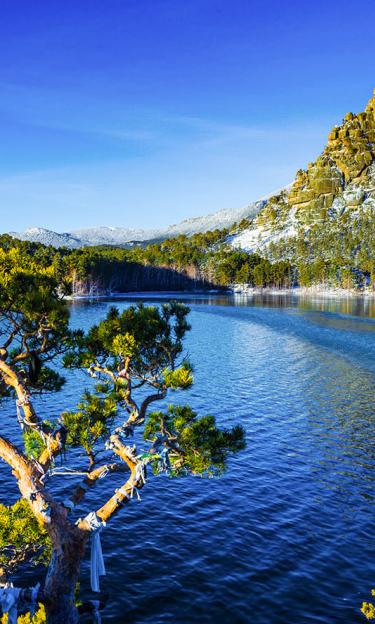
These additions were decided by the 34th session of the International Co-ordinating Council, the governing body of UNESCO’s Man and the Biosphere (MAB) programme, which is composed of 34 representatives of UNESCO Member States. The Council was meeting from 13 to 17 June at UNESCO’s Headquarters in Paris.
Biosphere reserves are a pillar of UNESCO's mandate as the United Nations sciences agency. They are central to research and awareness-raising work to foster innovative sustainable development practices and support communities’ and UNESCO Member States’ understanding, valuing and safeguarding of the living environment.
The 11 newly designated biosphere reserves are:
Sunshine Coast Biosphere Reserve (Australia)
Located in Southeast Queensland, a short distance from Brisbane, the area features a picturesque coastline, dunes, beaches, extensive waterways and wetlands, as well as a range of mountain in the hinterland. Home to two First Nation groups, the Kabi Kabi and Jinibara peoples, the biosphere reserve sustains a highly valued natural environment and rich biodiversity, particularly in the 2,585 km2 terrestrial and marine protected areas. It supports both traditional and cutting-edge economic activities, including strong food, agribusiness and tourism sectors. The region receives about 8 million visitors per year.
Doumba-Rey Biosphere Reserve (Cameroon)
The fourth biosphere reserve in the west-central African country, Doumba-Rey Biosphere Reserve is best known for its bird population of over 100 identified species and exceptionally diverse flora. Located in the transition area between savannahs and forests, it plays an important role in carbon sequestration and hosts emblematic species, including elephants. There are some 60 villages in the biosphere reserve whose inhabitants include nomadic Fulani shepherds, who make a living from pastoral activities, traditional fishing, beekeeping and handicrafts. In 2014, the area received more than 10,000 refugees escaping conflict.
Sena Oura Biosphere Reserve (Chad)
Located close to be border with Cameroon, Sena Oura Biosphere reserve is the first biosphere reserve in Chad. It covers a total surface of 173,520 ha of the last untouched remnants of the Sudanian savannah in the country and is home to elephants, giant elands and giraffes. With the abundance of fertile lands and favourable agro-climate conditions, traditional agriculture and, in particular, livestock herding, provide a livelihood to almost 90% of the population. Forestry also plays an important role in the local economy, with the production of popular products, such as honey and shea oil.
Dedoplistskaro Biosphere Reserve (Georgia)
One of the two first biosphere reserves in the country, Dedoplistskaro is characterized by remote, large and sparsely populated areas around the Takhti-Tepha mud-volcano close to the border with Azerbaijan. It is considered a biodiversity hotspot, with its 52 mammal, 90 bird and 30 reptile species, including the emblematic leopard and black-tailed gazelle. Its steppe and semi-deserts have traditionally supported livestock and grazing and the authorities plan to create new opportunities with sustainable agriculture techniques and ecotourism.
Three Alazani Rivers Biosphere Reserve (Georgia)
The biosphere reserve encompasses the catchment areas of the Alazani River and its two tributaries, containing a mosaic of alpine and floodplain forests, as well as alpine meadows. It features several emblematic species, such as black bears, grey wolves and lynxes, as well as red-listed flora with relics of yew forests. The more populated southern part of the biosphere reserve features numerous historical and archaeological sites and forests, which play an important role in local religious life, as many are regarded as sacred. While agriculture is the main activity in the area, local communities have developed the unique sopel-bosloba system, which enables cultivation in mountainous areas. The biosphere reserve aims to support and revitalize transhumant livestock husbandry, including the local Tushetian breed of sheep, and promote tourism to local wineries.
Burabay Biosphere Reserve (Kazakhstan)
Located in the most elevated part of the Central Kazakh Uplands, Burabay is best known for its many lakes: 14 of these lakes cover a combined surface area of more than 100 km2 and there are numerous smaller lakes. It is highly representative of the biodiversity of the forest-steppe Eurasian ecotone. Besides agriculture and mining, the area has been a popular tourist destination since the creation in 2005 of the Shchuchinsk-Borovoye Resort Zone, thanks to its proximity to densely populated regions, in Kazakhstan and the Russian Federation, and good air, rail and road connections to them.
Markakol Biosphere Reserve (Kazakhstan)
Covering the least disturbed ecosystems in the southern part of Western Altai, Markakol is close to the border with China. It encompasses unique and characteristic mid-mountain taiga and high-mountain alpine landscapes of the temperate steppe ecoregion of Eurasia, home to various endemic species, including the rare and endangered snow leopard and the stone marten. Most of the biosphere reserve’s 2,000 inhabitants earn their livelihood from animal husbandry and tourism, though the latter is in decline.
Khuvsgul Lake Biosphere Reserve (Mongolia)
The biodiversity surrounding lake Khuvgul is unique to Mongolia. These vast areas are untouched and uninhabited by humans, which enables the growth of rich, fragrant and brightly coloured wild plants. Its varied ecosystems are home to a variety of unique species including some that are rare and endangered such as snow leopards, ibex, Siberian musk deer, moose, reindeer, red deer and brown bears. Approximately 7,000 people live in the biosphere reserve, where they engage in animal husbandry, tourism and the use of natural resources. Local inhabitants and people from neighbouring districts harvest nuts and fruits during the autumn season.
Harrat Uwayrid Biosphere Reserve (Saudi Arabia)
The second biosphere reserve in Saudi Arabia, located in the western part of the country, is home to globally critically endangered species, including the Arabian leopard and the Arabian gazelle, as well as various endemic species of flora. About 50,000 villagers in the buffer zone and transition areas, depend heavily for their livelihood on farming and pastoral activities including the tending of camels, sheep and goats.
Kafue Flats Biosphere Reserve (Zambia)
Covering more than 2,600,000 ha, Kafue Flats Biosphere Reserve cuts across various districts of archaeological and historical significance, as well as a Ramsar site and an Important Bird Area. It hosts over 400 species of birds and several mammals, such as zebra, buffalo, hippo and the endemic Kafue lechwe. It is inhabited mostly by Ila/Balundwe, transhumant pastoralists who also practice fishing and agriculture. The area has the largest population of livestock in the country with herds of up to 4,000 cattle grazing in its floodplains during the dry season. In the wet season, most communities retreat from the Kafue Flats to permanent villages on the edge and outside the biosphere reserve. This traditional ‘kuwila’ method of livestock production is practiced on customary land as the floods recede from July to November.
Chimanimani Biosphere reserve (Zimbabwe)
The second biosphere reserve in Zimbabwe, Chimanimani comprises a mosaic of mountains, forests, grasslands and shrubs, along with freshwater ecosystems. The landscape extends into Mozambique, forming part of a proposed transboundary biosphere reserve that would extend into the East African montane ecosystem, which is a global biodiversity hotspot. The biosphere reserve features six key biodiversity areas rich in endemic plant species and 88 archaeological sites. It is home to about 154,000 inhabitants who come mainly from the Ndau culture, most of whom speak an endangered language. The local population benefits from natural resources through tourism and non-timber forest products such as honey and livestock production.
Two extensions
El Hierro Biosphere Reserve (Spain)
Located on the island of El Hierro in the Canary Islands archipelago, this biosphere reserve is home to almost 11,000 inhabitants. It has expanded its marine area, increasing the total surface area of the biosphere reserve to 58,598.60 ha. Located in the Macaronesian biogeographic region, El Hierro was able to become entirely self-sufficient in energy in 2014, thanks to its hybrid hydro-wind electricity generation system.
Sierra del Rincón Biosphere Reserve (Spain)
The transition zone of this biosphere reserve has been enlarged by 2.5% to attain a surface area of 16,091.7 ha. This extension includes the entire municipality of Madarcos, which is historically and ecologically related to the five municipalities that currently make up the biosphere reserve. This extension ensures the protection of the area’s rich biodiversity, especially its ornithological richness, and the associated cultural heritage. Enlargement should also reinforce efforts to foster socio-economic development in the region, especially in the field of sustainable tourism.
About UNESCO’s biosphere reserves
Established by UNESCO in 1971 as an intergovernmental scientific programme, the Man and the Biosphere (MAB) programme pioneered the idea of sustainable development. New biosphere reserves are designated every year by the MAB International Coordinating Council.
Media contacts
- Lucia Iglesias Kuntz,
l.iglesias@unesco.org,
+33 1 45 68 17 02
Resources for media
- B-rolls
- Photos
Consult online | Download

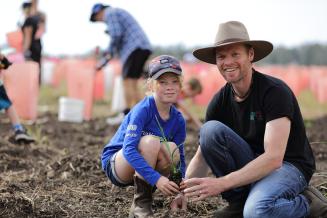
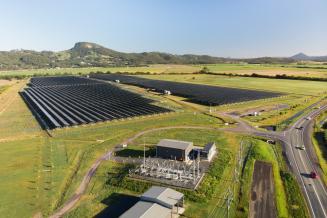
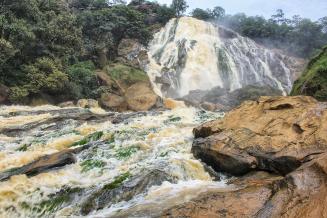
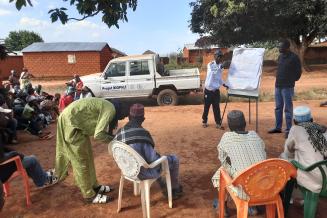
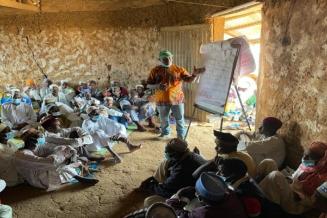
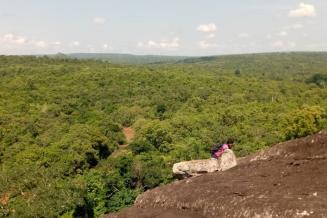
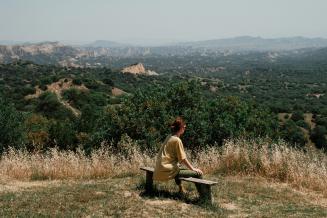
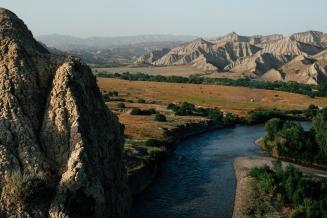
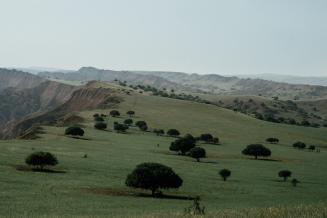
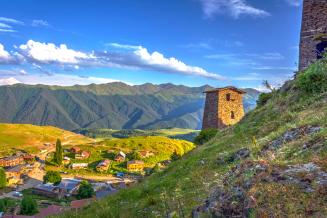
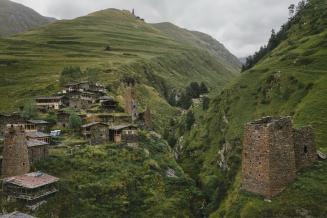
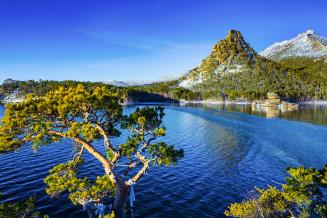
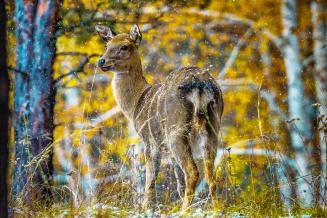
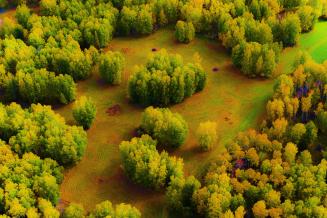
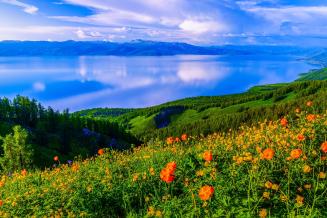
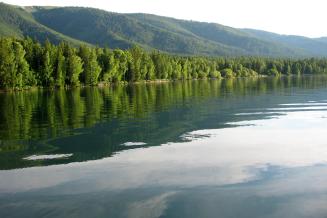
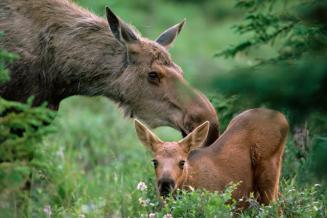
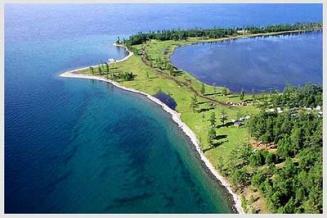

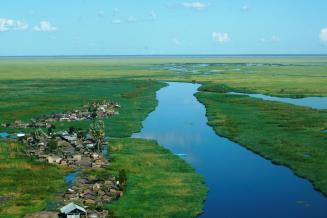
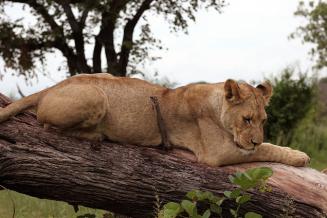
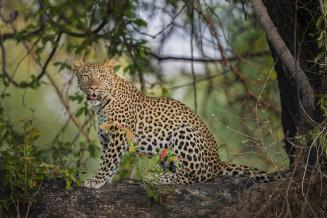


Story

Story

Story









 User Center
User Center My Training Class
My Training Class Feedback
Feedback












Comments
Something to say?
Login or Sign up for free